Can you explain the cultural significance of traditional Korean Lunar New Year dishes?
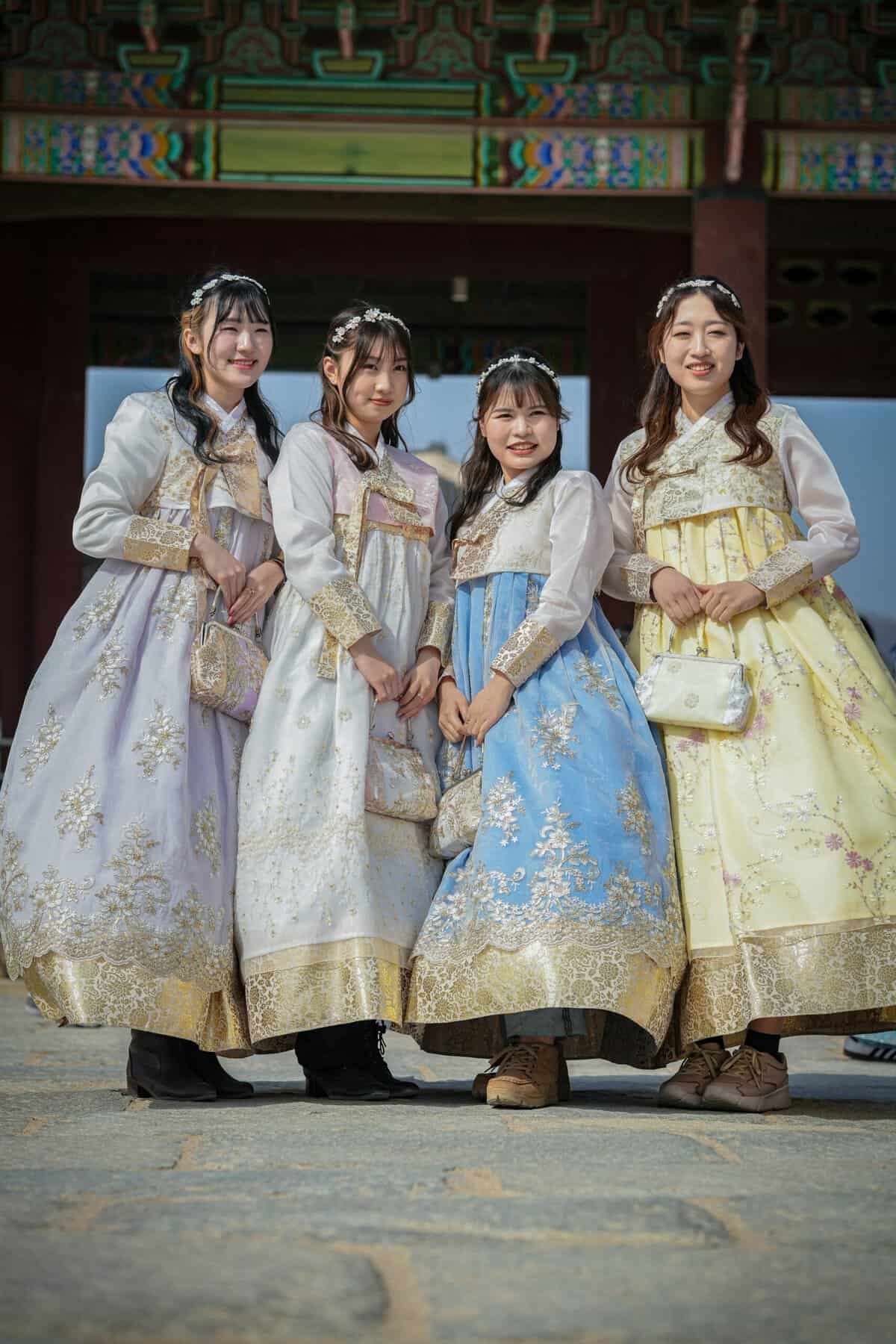
Introduction
The Korean Lunar New Year, also known as Seollal, is one of the most celebrated holidays in Korea. It marks the beginning of the lunar calendar and is a time for families to gather, pay respect to ancestors, and celebrate with traditional dishes that hold profound cultural significances. In this article, you’ll discover the meaning behind some of these dishes and their role in Korean heritage.
Seollal: A Time of Renewal and Respect
Seollal is more than just a New Year celebration; it is a cornerstone of Korean culture. It is a time when family members, often separated by the demands of daily life, come together to honor their ancestors and spend quality time with one another. This sense of togetherness is reflected in the dishes served, each one rich with history and meaning.
Importance of Ancestral Worship
One of the key rituals during Seollal is “Charye,” an ancestral worship ceremony. During this ceremony, food is offered to ancestors in gratitude and reverence. The dishes prepared are meticulously chosen, prepared, and arranged, signifying the deep respect Koreans hold for their heritage.
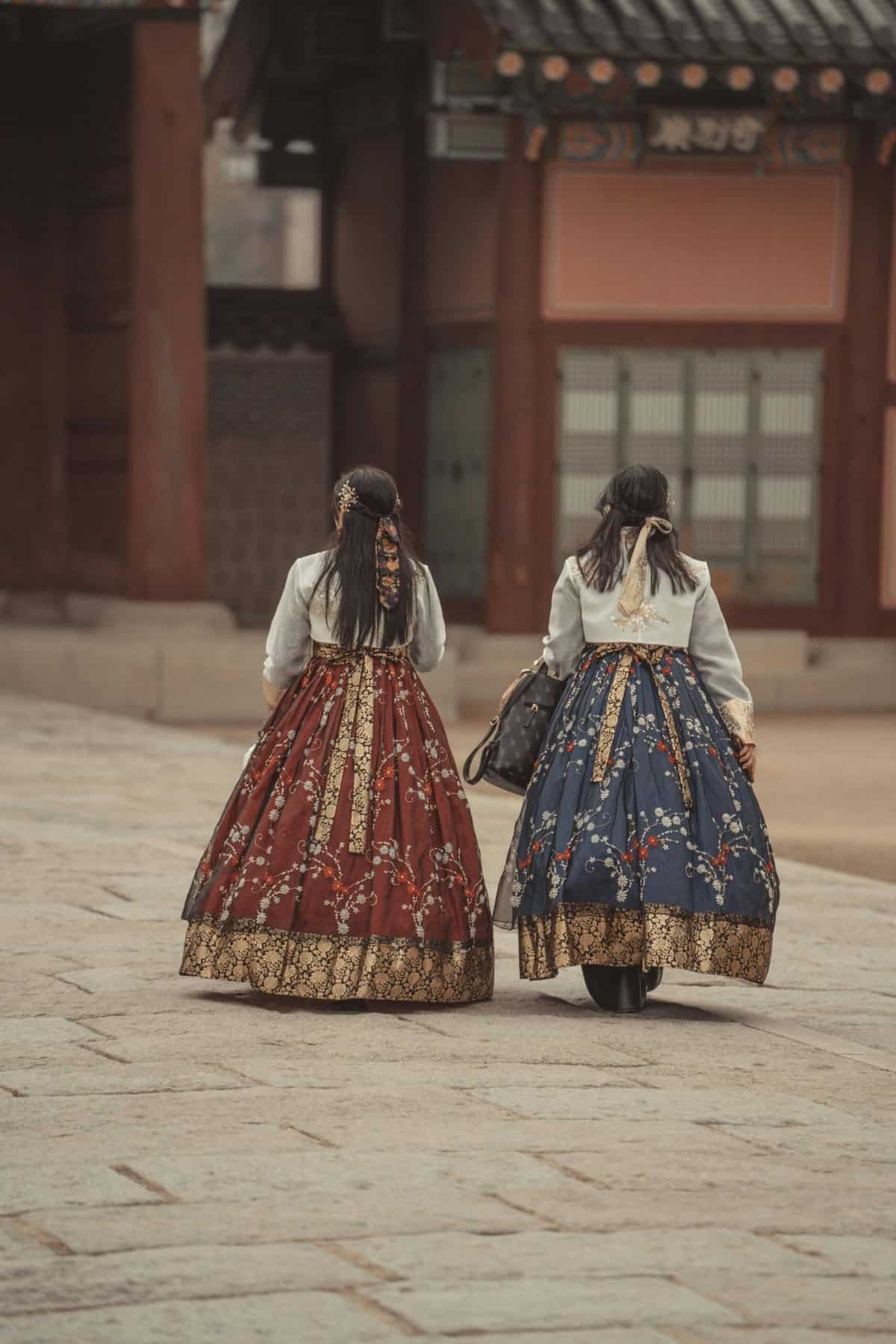
Traditional Dishes and Their Cultural Significance
The array of food prepared for Seollal is not just for feasting but carries deep cultural and symbolic meanings. Let’s break down some of these dishes to understand their significance better.
Tteokguk (Rice Cake Soup)
Symbolism and Meaning
Tteokguk is arguably the most iconic dish of Seollal. Made from thinly sliced rice cakes in a flavorful broth, it is believed that consuming this soup grants you one additional year of age. The white color of the rice cakes symbolizes purity and a fresh start, aligning with the New Year’s theme of renewal.
Ingredients and Preparation
The primary ingredients are:
- Sliced rice cakes (tteok)
- Beef, chicken, or anchovy broth
- Garnishes such as sliced egg, seaweed, and green onions
The rice cakes must be precisely sliced into thin ovals, representing coins and thereby prosperity.
Jeon (Korean Pancakes)
Symbolism and Meaning
Jeon, also known as Korean pancakes, come in various types made with different ingredients like vegetables, meat, or seafood. Their round shape and golden color are symbolic of wealth and good fortune.
Types of Jeon
| Type | Main Ingredients |
|---|---|
| Hobak Jeon | Zucchini |
| Gamja Jeon | Potato |
| Kimchi Jeon | Kimchi |
| Haemul Pajeon | Seafood and green onions |
Each type of Jeon has its own unique flavor and cultural story, and they are usually dipped in a mixture of soy sauce and vinegar before eating.
Japchae (Stir-Fried Glass Noodles)
Symbolism and Meaning
Japchae, a delightful blend of glass noodles, vegetables, and sometimes meat, symbolizes harmony and abundance. The varied colors and textures of the ingredients represent the harmonious blending of different elements in life.
Ingredients and Preparation
Key ingredients include:
- Dangmyeon (sweet potato noodles)
- Spinach
- Carrots
- Mushrooms
- Beef or pork
- Soy sauce, sesame oil, and sugar for seasoning
Japchae is often served at room temperature and can be enjoyed as a main or side dish, making it versatile for any festive table.
Galbijjim (Braised Short Ribs)
Symbolism and Meaning
Galbijjim is a luxurious dish made from braised short ribs, typically beef. This dish stands for strength and unity, a reflection of the toughness and bond of family ties that hold through thick and thin.
Ingredients and Preparation
The ingredients usually include:
- Beef short ribs
- Soy sauce
- Garlic
- Ginger
- Jujubes (Korean dates)
- Chestnuts
The meat is braised until incredibly tender, allowing the flavors to meld into a rich and satisfying dish.
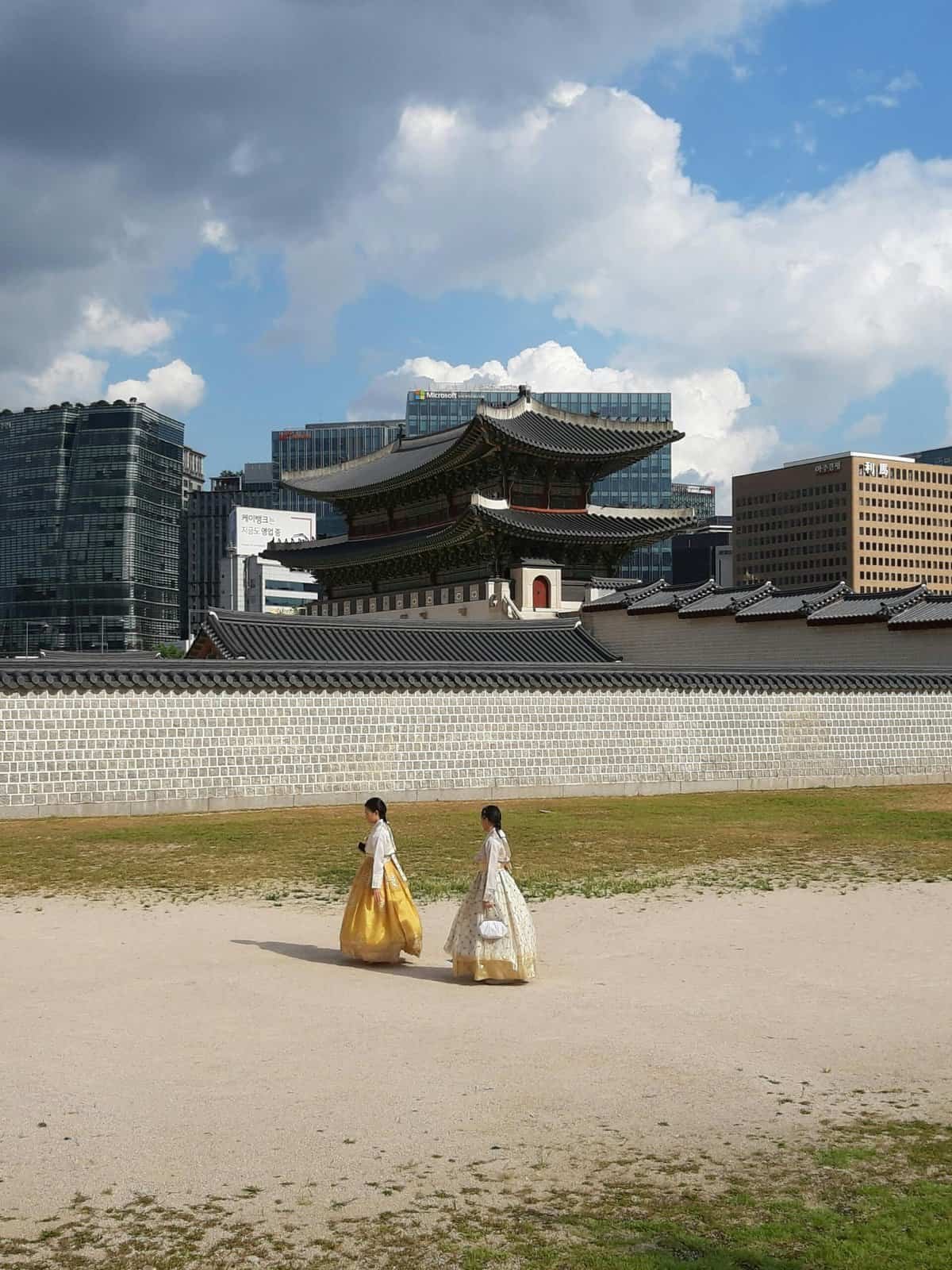
Side Dishes: Banchan
Alongside the main dishes, an assortment of side dishes called “Banchan” is also essential in a Seollal feast. These smaller dishes complement the main courses and add variety.
Kimchi
No Korean meal is complete without kimchi, and Seollal is no exception. This fermented cabbage dish, seasoned with chili powder, garlic, and ginger, is a symbol of Korean culinary identity and a must-have at any traditional celebration.
Namul
Namul refers to a variety of seasoned vegetable dishes, often including ingredients like spinach, bean sprouts, and bellflower roots. These symbolize purity, health, and the essence of life.
| Type | Main Ingredients |
|---|---|
| Sigeumchi Namul | Spinach |
| Kongnamul | Soybean sprouts |
| Doraji Namul | Bellflower roots |
These side dishes are lightly seasoned with salt, sesame oil, and garlic to preserve their natural flavors.
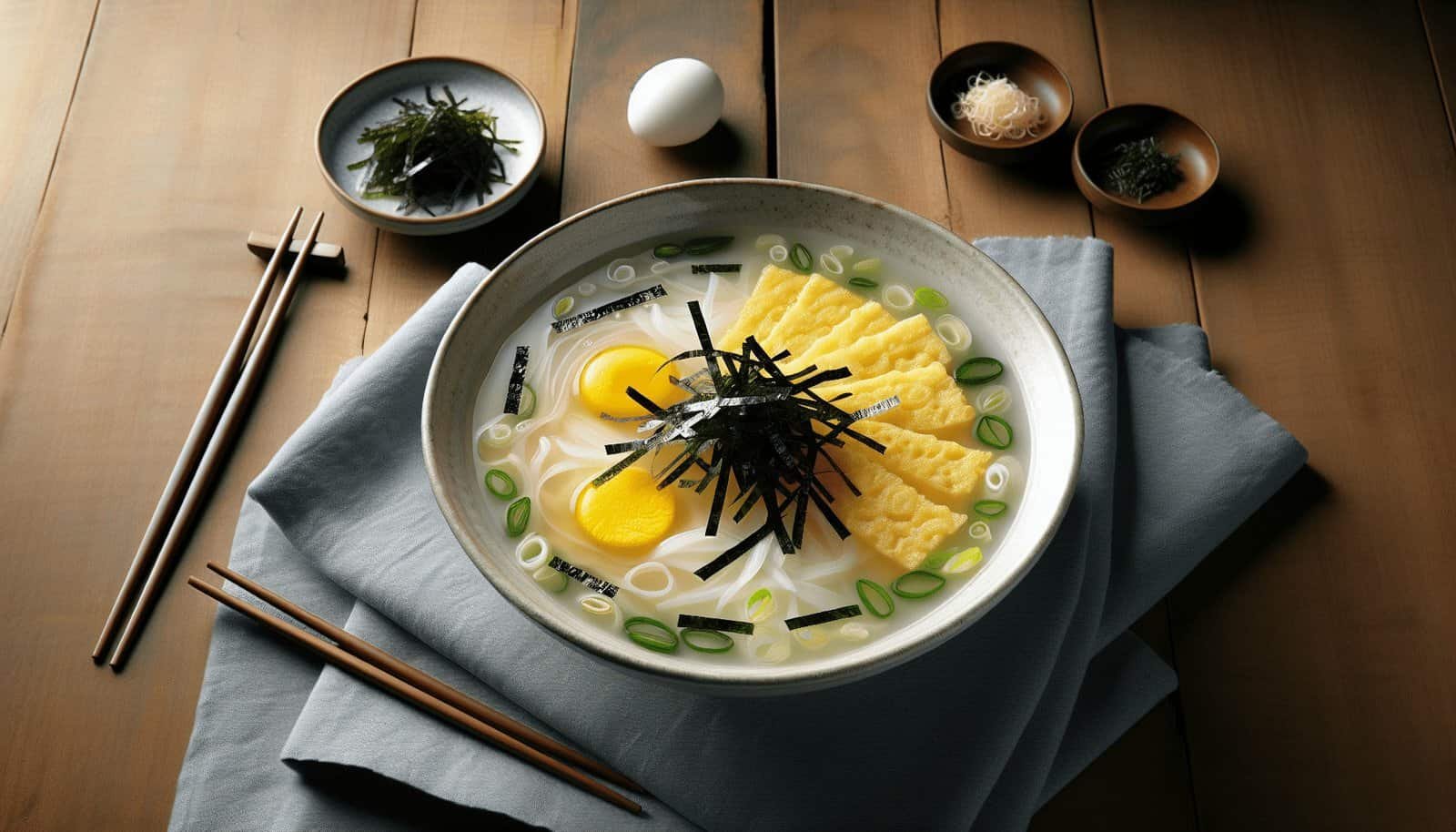
Desserts: A Sweet Conclusion
No celebration is complete without a touch of sweetness. Korean Lunar New Year desserts are simple yet carry significant meanings.
Yakgwa (Honey Cookies)
Symbolism and Meaning
Yakgwa, made from wheat flour, honey, and sesame oil, are traditional cookies deep-fried to a golden brown. Their circular shape and sweet taste symbolize health and prosperity.
Hangwa (Traditional Korean Confections)
Symbolism and Meaning
Hangwa includes various types of traditional Korean sweets made from grains, honey, and fruits. These sweets are not just a treat but also symbolize the rich cultural heritage and culinary artistry of Korea.
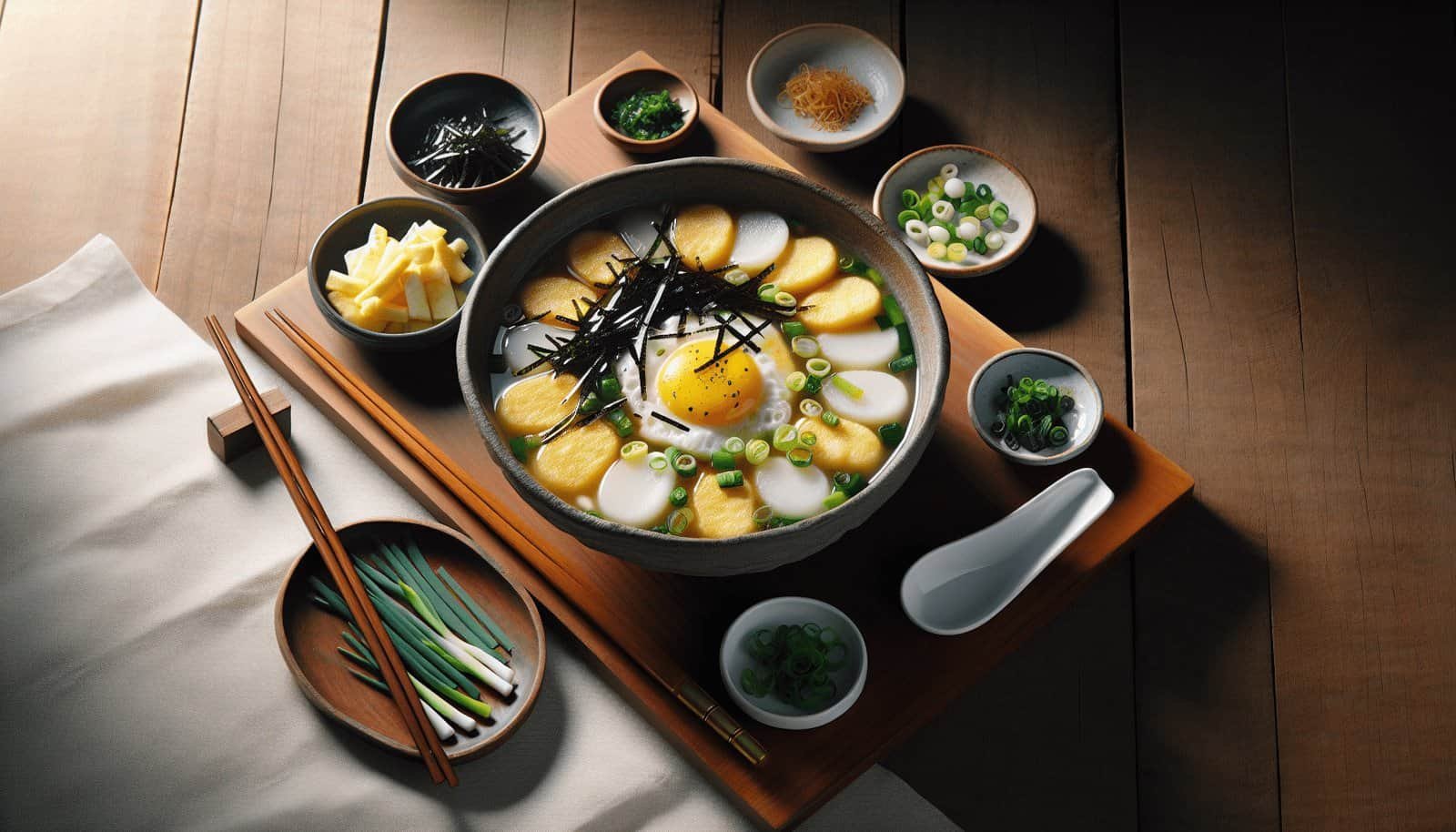
Conclusion
Traditional Korean Lunar New Year dishes are more than just recipes; they are a gateway to understanding the rich cultural heritage of Korea. Each dish, from Tteokguk to Yakgwa, is imbued with symbolism that reflects values such as respect, unity, prosperity, and renewal. As you learn about these dishes, you gain insight into the importance of family, tradition, and the cycles of life that Koreans hold dear.
By appreciating the cultural significance of these dishes, you can better understand and respect the intricate tapestry of Korean customs and values. Whether you’re part of a Korean family celebrating Seollal or simply a curious food enthusiast, knowing the meanings behind these traditional dishes adds an enriching layer to the festive experience.
